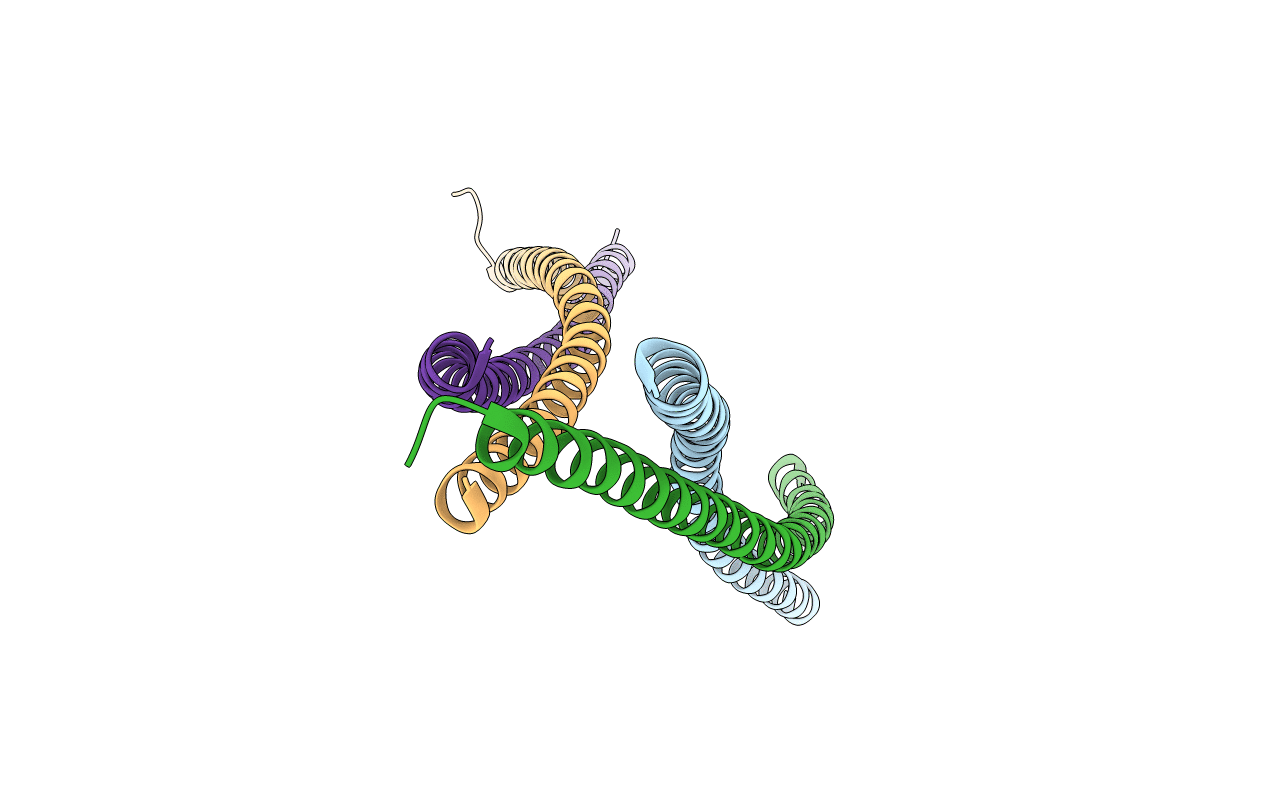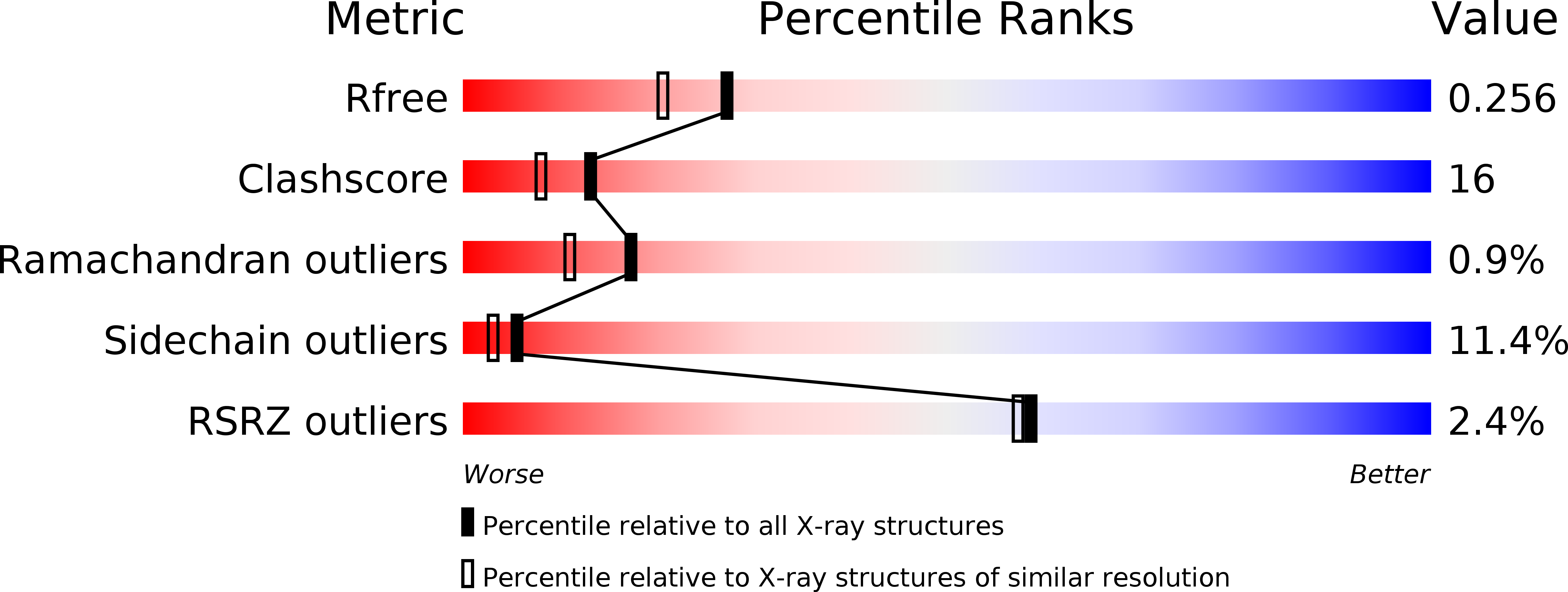
Deposition Date
2011-09-29
Release Date
2011-11-23
Last Version Date
2024-02-28
Entry Detail
PDB ID:
3U1A
Keywords:
Title:
N-terminal 81-aa fragment of smooth muscle tropomyosin alpha
Biological Source:
Source Organism:
Gallus gallus (Taxon ID: 9031)
Host Organism:
Method Details:
Experimental Method:
Resolution:
2.00 Å
R-Value Free:
0.26
R-Value Work:
0.22
R-Value Observed:
0.22
Space Group:
P 21 21 21


